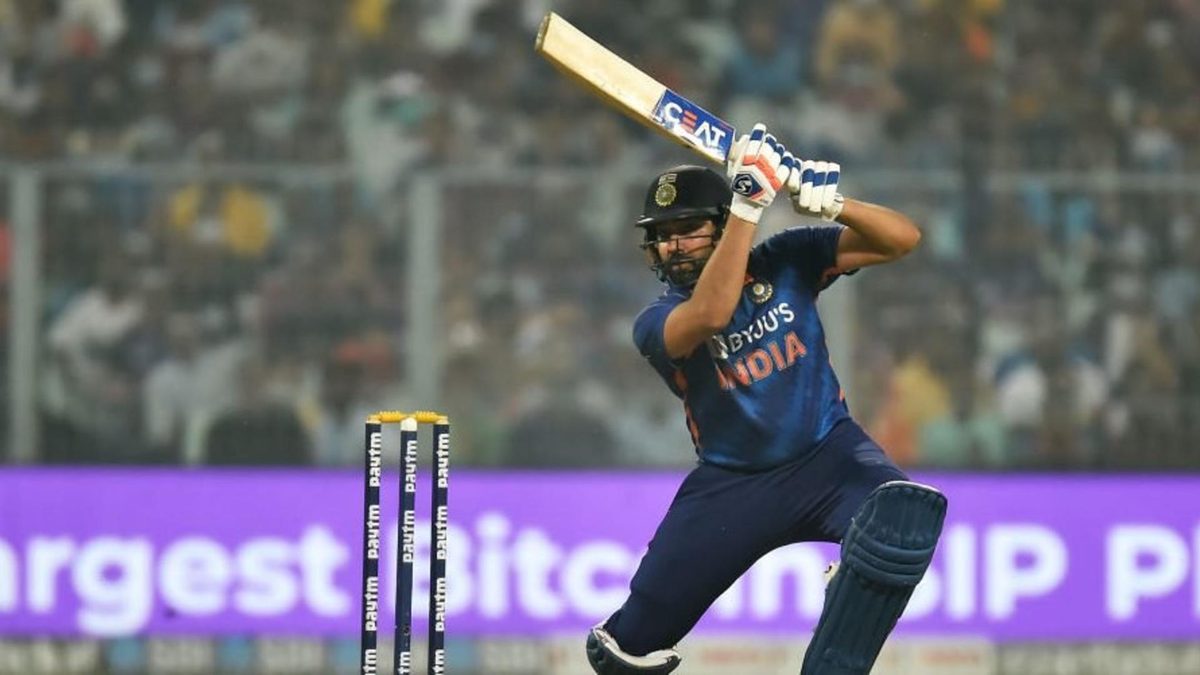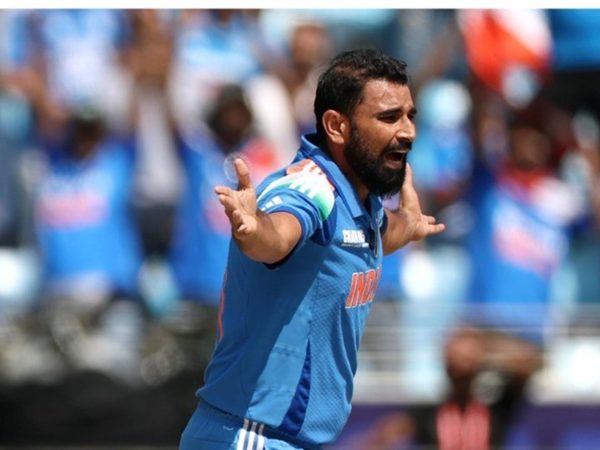
During the 2021 T20 World Cup, a lot of eyeballs were trained on how India would fare, considering they had, on paper, one of the strongest squads at the tournament. Yet, their campaign was a damp squib, with almost the entirety of their T20I blueprint being exposed by more adventurous teams.
Prior to the event, Virat Kohli had made it clear that he would not continue as India’s T20I skipper after the tournament, meaning that Rohit Sharma was thrown into the deep end, charged with taking over a team fresh from disappointment. But with India having endured such a fall from grace, there was skepticism around whether Rohit could turn things around.
So far, he has made a pretty decent fist of it. The current India captain is yet to lose a T20I as permanent skipper and has dispatched New Zealand, West Indies and Sri Lanka’s challenge in the process. More refreshingly, though, most of these wins have seen India adopt a more attacking approach – an approach many thought they were always capable of, but a method they, for some reason, seemed reluctant to adopt. And, through most of these batting onslaughts, Rohit has, like a captain should, led from the front.
Rohit has been aggressive at the top of the order lately
Throughout his T20 career, Rohit has been a relatively slow starter in the powerplay. He likes to take his time at the start before unleashing on what he views as favourable match-ups. His overall T20 strike rate in the powerplay hovers around 125.78, whereas his strike rate in the powerplay in T20Is is 136.19.
Since the defeat to New Zealand in the T20 World Cup, though, the Mumbai Indians skipper has changed his tact. During this period, Rohit has notched up 257 runs in the powerplay. He has taken only 155 balls to do so, which equates to a strike rate of 165.8.
There have been occasions where he has gotten out without getting a half-century. But these knocks have injected the requisite impetus from the outset and have allowed India to build momentum for the entirety of their essay. The increased intent at the start has also enabled India to post massive totals on the board. Under Rohit’s tutelage, India have crossed the 180-run barrier every time they have batted first. The lowest they have managed doing so is 184.
The ploy to not let the opposition breathe has also forced them to bowl their best bowlers earlier than they have planned to attempt to control the run-flow – something that has directly contributed to India feasting at the death. The most telling aspect, though, is the clarity Rohit has showcased. To an extent, it has rubbed off on his teammates too and enabled them to be decisive in their stroke-play.
India’s batting approach has more clarity under Rohit’s stewardship
Under the previous regime, there were times when India didn’t know how to approach a T20I innings. Quite often, they wandered along and hoped that they would capitalise at the end. In T20I cricket, however, that is a risk worth avoiding. Almost all of the top T20 outfits have a firebrand philosophy where they incessantly throw caution to the wind.
It didn’t lead to an England triumph at the T20 World Cup but they were one of the most impressive teams at the tournament. Australia, on the other hand, went the distance and clinched the crown – all while relying on their power-packed top and middle order to bat with intent throughout.
Furthermore, Rohit seems to have understood the importance of giving security to the batters. He seems to have acknowledged that failures will accrue along the way and he is also willing to accommodate them, knowing that this approach could be crucial when the T20 World Cup comes around.
India’s youngsters have thrived in recent times
Rohit, courtesy of his newly-acquired gung-ho style, has also empowered those around him. Not only has that told the rest of the pack that their skipper is completely committed to the cause, it has given them the freedom to express themselves. That they will not get dropped due to following a pre-defined plan, only helps matters. Ishan Kishan’s stirring return to form, after a woeful series against the West Indies, is the perfect example.
In many ways, the Mumbai skipper is leading India to where they want and need to be in T20Is. Even at the 2021 T20 World Cup, there wasn’t a dearth of talent in the Indian ranks. If anything, they boasted as talented a squad as any.
What was lacking, though, was a bit of direction. Since his appointment, Rohit has provided plenty of it, and has been the change India wanted to embrace after an indifferent T20 World Cup campaign. And their T20I blueprint, which seemed archaic and lacked the oomph required to succeed only a few months ago, might have finally aligned itself to the demands of T20I cricket.








